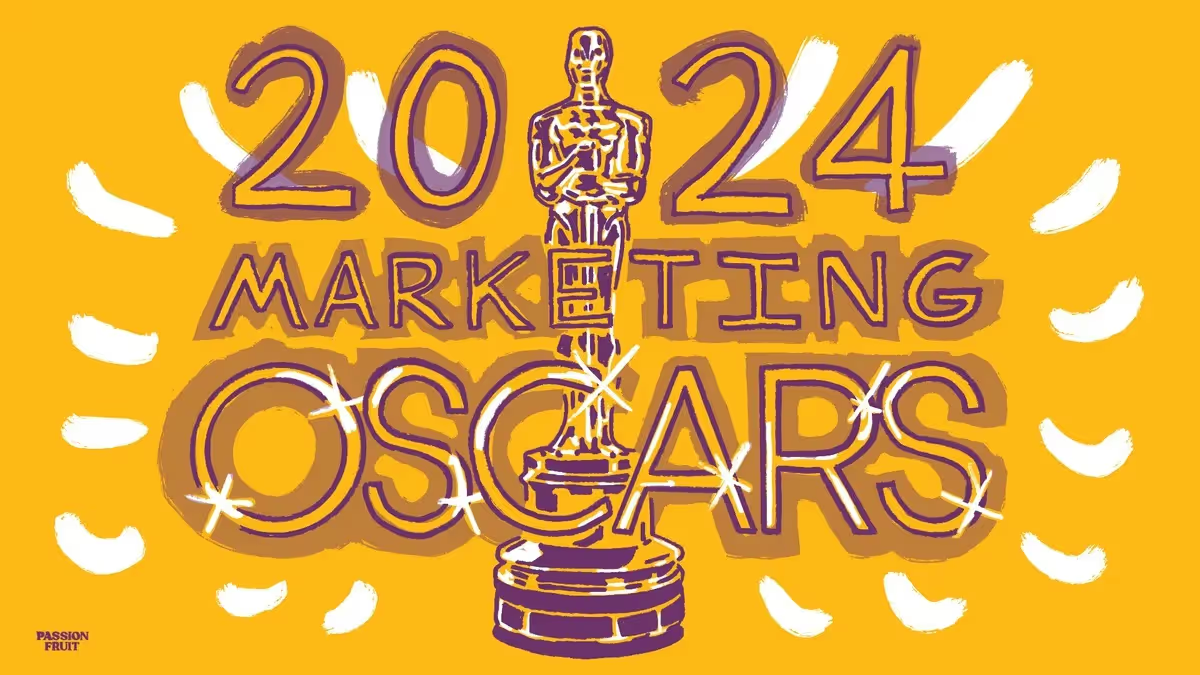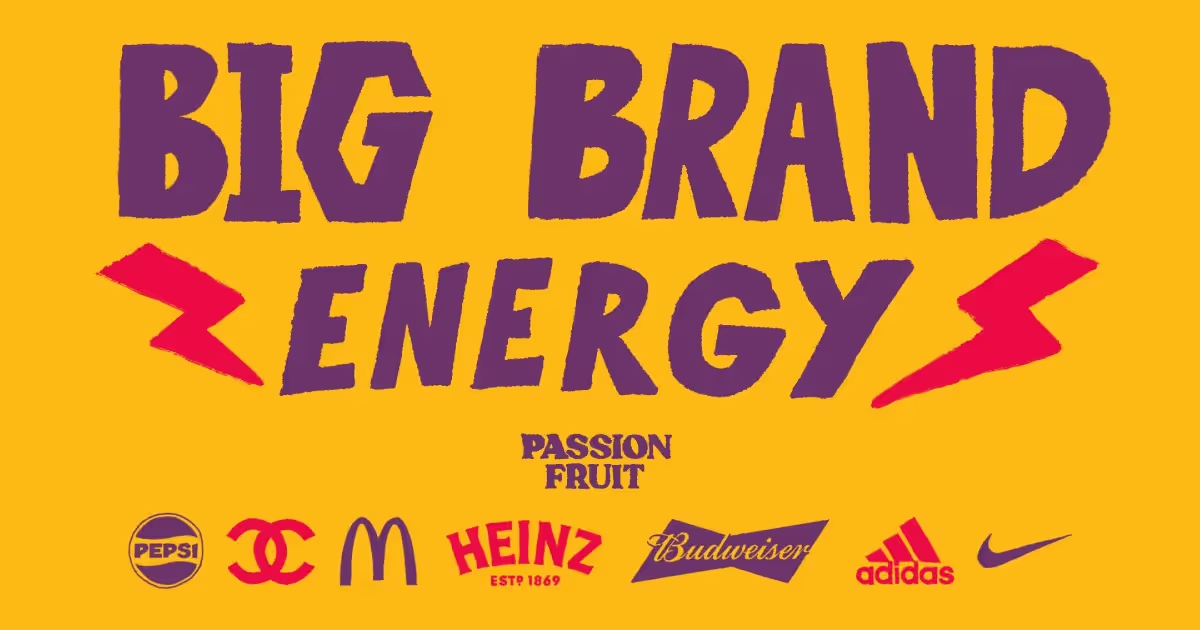With TikTok launching their new brand partner marketing tools earlier this year, native marketing has really taken root. So much so that the predicted global market for native ads will be worth $400bn by 2025. Now, more than ever, startups should be thinking about how they want to engage with their consumers. Perhaps for many it’s time to ‘go native’.
Native content diverges from the traditional advertising approach that previously aimed for awareness-building through loud and proud statement-making campaigns. And whilst commercial giants will continue to frame their strategies around this approach, for startups that are newly gaining a voice on the market, a ‘softer’ approach may be more commanding in a content-saturated world. Leveraging this can see startup companies benefit from native-driven structures, such as the retail social commerce market which is predicted to reach sales of $79.64 billion in the US by 2025.
What is native marketing?
Native marketing is media that matches the content of the platform or site on which it is intended to appear. Unlike content marketing, which is disruptively positioned and unapologetically intrusive, native paid media necessitates an understanding of the platform’s visual language and voice. The consumer journey from original editorial content to paid content is then experientially seamless and the formats that achieve this are equally smart:
- Feed-integrated Content are ads which blend into the platform user experience, and appear as any native content would.
- Paid and Promoted Listings appear as part of a search or results page, that prioritises the advert while keeping with the site format.
- Custom Native Content is ever evolving with digital and smartphone capabilities, and focuses on integrating with user engagement behaviour, such as branded filters for Instagram or Snapchat.
The difference between native versus traditional is also seen in consumers’ approach to paid media. Traditional paid media is consumed from an acute awareness of the advertisement from the outset. YouTube sponsored advertisements that viewers are prompted to ‘skip’ before a video are a case in point for marketing that does this. Alternatively, native media allows consumers to approach content from a neutral position. Sponsored TikTok advertisements that appear amongst a user’s content feed, that mimic a trend or familiar video style, is a native experience.
A further key identifier for native advertising lies in its value to the consumer. Native should be education-driven or entertaining, and even better if it manages both. It surpasses superficial brand awareness building, and creates real interest or investment in the brand.
Why does a native approach perform better?
Native approaches have proven to increase trust among target audiences. Ads that appear within a consumer’s content feed register 18% higher lift in purchase intent and 9% lift for brand affinity responses than banner ads. These less pre-packaged formats have CTR statistics that are 8.8 times greater than that of display ads.
At the same time, businesses are undeniably forced to compete with content saturation. According to a recent survey by eMarketer, more than 25% of Internet users use an adblocker. Content advertising is seen primarily as a nuisance, irrespective of what it is communicating.
As interest-focused media aims to add greater value to the consumer experience than more interruptive formats, it also increases the likelihood of content being shared by platform users and editorial readership. Think Spotify’s Wrapped campaign of 2019. The campaign prompted users to show friends their personalised ‘decade of music’ by sharing it across all the major social media channels. More than 60 million users engaged with the in-app story experience, with Wrapped playlists generating 3 billion streams.
Content that has pivoted in this manner has the versatility to react to cultural zeitgeist moments, whilst keeping in line with brand-building strategy focus. It has the power to speak to the consumer’s lived experience. It has the power to speak to the consumer’s lived experience. A stronger awareness, a better understanding of the market.
It also ensures the self-awareness of a brand. It identifies a brand that understands that it exists within the ever-evolving business landscape, and one that also pays credence to societal shifts. And of course, over the last couple of years, both consumer and business consciousness have been more preoccupied with societal shifts than ever.
Gearing towards a native approach is almost inevitable for businesses who are focused on providing solutions for their customers. Internet searches are dictated by the want for solutions to problems, or answers to people’s needs. Being able to tell a good story that communicates genuine intent for solving your audience’s wants, needs and problems will only reflect well on a brand.
It takes us back to Sales 101. Always let the customer come to you. It gives them the choice to engage and the space to fall in love with the business. And when they do, you’ll really have their attention!
Why should startups be focused on native marketing?
Digital-native brands are becoming increasingly sophisticated in their approach to advertising, and reap the rewards of the unsuspecting consumer market.
Content that demands creative direction and production can seem counterintuitive in streamlining marketing objectives and strategy. The output is undeniably high and often demanding when content is intended to be reactive to the social media and market landscapes. Yet, a creative tenacity and ‘being alive to the moment’ are already central assets and indicators of success for any startup business, let alone the company narrative. These are reflections that can bolster a GTM or retention strategy through communication that feels genuine to your audience. In reciprocation brand loyalty and association will have a stable and trustworthy build.
Consistency in a native content strategy also fuels the development of user-generated content, either organically or aided by intentional influencer marketing approaches. Consumers then become advocates for the brand with a fierce loyalty, and their following or viewership trust and identify with them on an intimate level that surprasses the reach of company-owned content. A recommendation from a friend or aspirational role model will forever be more influential than a cold approach, brand-generated post. For this to develop, a startup must establish their culture with a native brand tone.
Brands that have been able to build a ‘brand tribe’ in this way, such as Pretty Little Things, which accrued over £500 million ($694 million) in 2020, its eighth year of business, have built their successes on this understanding. As Sam Foroozesh, Forbes Councils Member, observes:
“These brands have constructed their marketing strategy to speak directly to what millennials and younger generations want: peer-to-peer communication, value-based marketing, strong community and long-term relationships.”
With such high value propositions at stake, thinking about marketing with a native approach is soon to be inextricable from digital strategies for startups.







